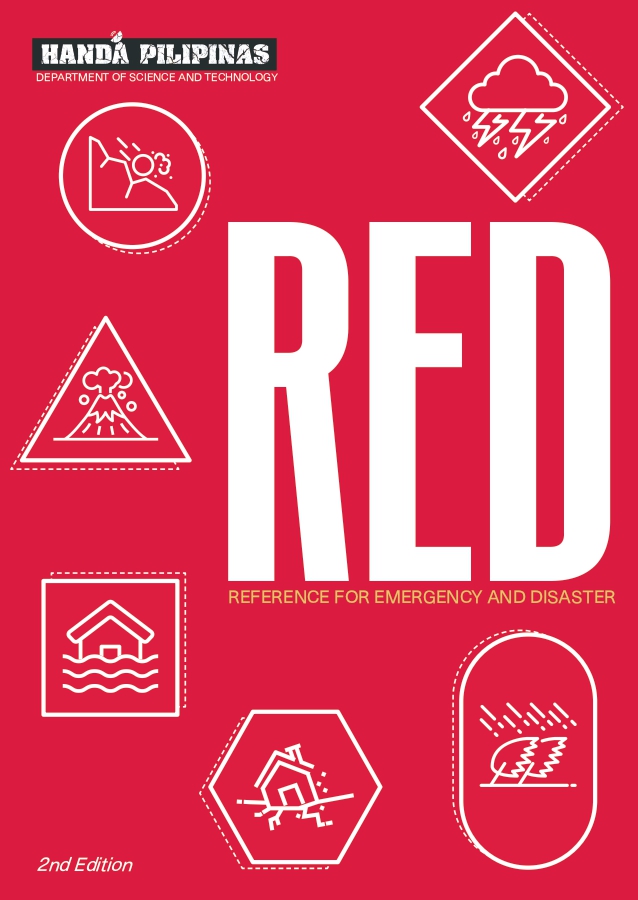By Rudy P. Parel, Jr., DOST-STI
 Mr. Terence Michael A. Tablizo, a Supervising Records Management Analyst at the National ARchives of the Philippines delivers a lecture on basic records management to the several employees of DOST-Science and Technology Information Institute. (Photo from Henry A. de Leon, DOST-STII)
Mr. Terence Michael A. Tablizo, a Supervising Records Management Analyst at the National ARchives of the Philippines delivers a lecture on basic records management to the several employees of DOST-Science and Technology Information Institute. (Photo from Henry A. de Leon, DOST-STII)
To further reinforce its commitment to delivering timely and accessible science and technology (S&T) information to the Filipino people, the Department of Science and Technology - Science and Technology Information Institute (DOST-STII) conducted its second Basic Records Management Training on November 19, 2024.
The training aimed to equip its employees, including newly hired staff, with the knowledge and skills necessary for effective records and archives management.
In her opening remarks, Ma. Theresa M. Rosqueta, head of the DOST-STII’s Records Section, emphasized that proper records management is not just a technical necessity for the Institute but a vital function in fulfilling its mandate to create, curate, and share various S&T products and services.
“Records are the lifeblood of our work,” she said. “Through this workshop, we aim to equip everyone with the fundamental principles and best practices of records management. By doing so, we not only ensure compliance and efficiency but also strengthen the foundation of the essential services we provide, including library services, the S&T Post, the Philippine Journal of Science, STARBOOKS, Science Journo Ako, SCALEUP, and DOSTv.”
Terence Michael A. Tablizo, Supervising Records Management Analyst at the National Archives of the Philippines, delivered the five-part training program on the principles and best practices of effective records creation, maintenance, use, and disposition.
He also discussed relevant laws and regulations to provide participants with a broader understanding of the role of records management beyond the agency’s internal processes, particularly its importance in protecting and preserving government information essential for delivering public services.
Tablizo defined records creation as the stage where records come into existence as a result of an agency’s operations, typically involving the identification of records and their incorporation into a management system.
For maintenance and use, he outlined key functions for managing records, including organization, security, access control, retrieval, and auditing. He also emphasized essential filing principles, such as proper labeling and efficient storage and retrieval systems.
Finally, he explained that records disposition involves three components:Transferring non-current records to a storage area, preserving active and permanent records, and destroying valueless records.
This training program was organized by the Records Section of the Finance and Administrative Division of DOST-STII. (By Rudy S. Parel, Jr., DOST-STII)
 Several employees of DOST-Science and Technology Information Institute participate in the basic records management training. (Photo from Henry A. de Leon, DOST-STII)
Several employees of DOST-Science and Technology Information Institute participate in the basic records management training. (Photo from Henry A. de Leon, DOST-STII)










